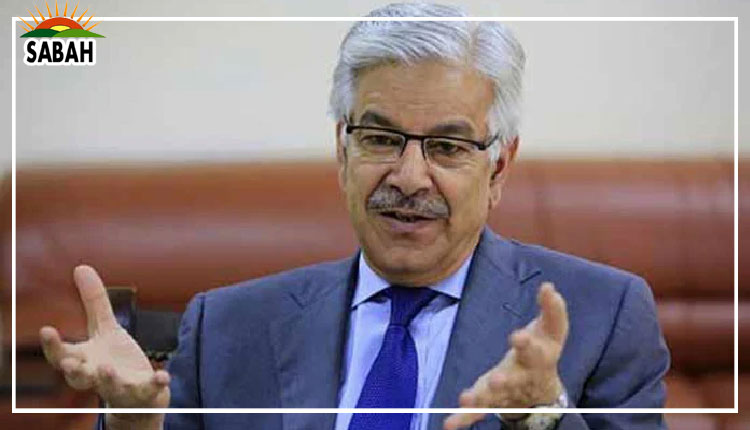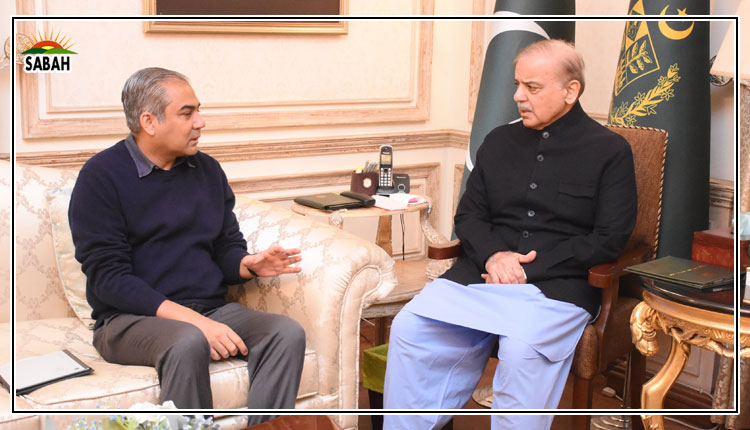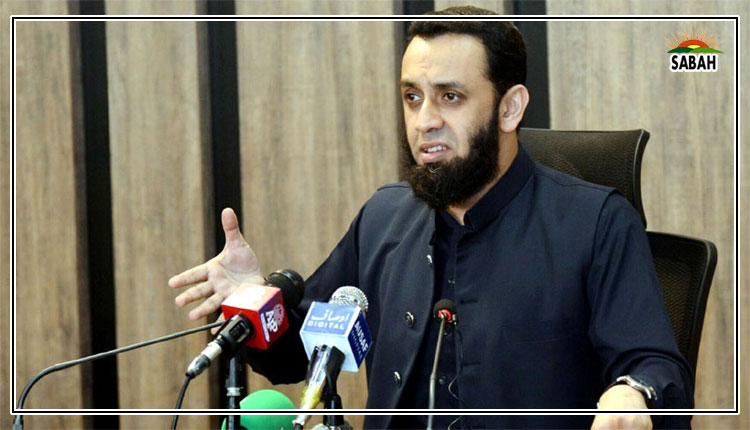Balochistan’s challenge…Lt-Gen (r) Abdul Qayyum
Balochistan is the largest province of Pakistan by area, with a population of only 12.34 million. As a result, while the annual budgets of the other three provinces are in trillions of rupees, Balochistans budget stands at just Rs956 billion, which is wholly inadequate to fund its developmental projects and address its significant security needs across its sparsely populated and vast land mass.
However, it is also true that successive politico-military governments have made considerable efforts to promote health and education and develop and maintain an extensive communication infrastructure in the province. For example, the army has established twelve cadet colleges in Baluchistan, including one for women in Turbat, the highest number of military cadet colleges in any province, even Punjab. Of the 57 cantonments in Pakistan, eight are in Balochistan, providing not only enhanced security but also advanced health facilities in the form of Combined Military Hospitals (CMHs), reputable educational institutions such as public schools, and much-needed employment opportunities for civilians.
It is also worth noting that Balochistan now has full representation in the Pakistan Armed Forces, proportional to its population. Approximately 75 small and large development projects under the China-Pakistan Economic Corridor (CPEC), worth billions of dollars, are underway in the province. These include the Gwadar Port, highways, power plants, an international airport in Gwadar, and Quetta International Airport, as well as about a dozen other domestic airports and landing strips.
Despite these efforts, security threats posed by insurgents continue to overshadow these politico-military initiatives. Groups such as the Balochistan Liberation Army (BLA), Balochistan Liberation Front (BLF), Baloch Republican Army (BRA), and Tehreek-e-Taliban Pakistan (TTP), with support from India and Afghanistan (until 2021), have unfortunately been promoting terrorism in the province. Their primary objective is the destabilization of Pakistan, with the aim of creating an independent Balochistan. Their activities have not only been confined to Balochistan and Sindh but have also included acts of terrorism in Irans Sistan and Balochistan provinces.
In Pakistan, insurgent attacks have primarily targeted three groups: security forces, Chinese nationals involved in CPEC, and the non-Baloch population, especially Punjabis. Their ideology is rooted in nationalism, separatism, secularism, anti-Punjabi sentiment, and opposition to CPEC. Before the Afghan Taliban came to power, their base of operations was in Kandahar province, Afghanistan. The BLA has been declared a terrorist organization by Pakistan, China, the UK, and the US.
In early 1968, when I was posted to Quetta Cantonment, the security environment was completely peaceful. Our Baloch brothers were as loving and hospitable as ever. As young officers, we freely moved during exercises from Zhob to Gwadar and Chaghai to Dera Bugti, including the Pishin firing ranges. Chaman was a popular shopping destination, while Saranan was famous for its delicious mutton dishes. However, the situation changed in 1973 when, following intelligence reports, the Iraqi embassy in Islamabad was raided, revealing weapons intended for Baloch insurgents. From 1973 to 1977, insurgency engulfed Balochistan, supported by the KGB. Unfortunately, instead of addressing the crisis through political and diplomatic means, then-PM Zulfiqar Ali Bhutto opted for military suppression, which sowed the seeds for the formation of the BLA. Their recognized signature actions, however, only emerged in 2000.
The situation worsened further on August 26, 2006, when Nawab Akbar Bugti was killed in a cave during a military operation. The second phase of CPEC projects, which both Western powers and India view as crossing a red line, has also escalated terrorist activity, clearly financed by anti-CPEC forces. David Peter, an Australian deputy director of the Global Terrorism Research Centre, has observed that some Western analysts believe India is involved in promoting terrorism in Pakistan. Indias leading newspaper, The Hindu, once reported that a BLA commander was treated in an Indian hospital.
The attacks on police and security personnel, as well as the recent massacre of unarmed Punjabi civilians in Balochistan, are heartbreaking and deserve the highest condemnation. Under these circumstances, a proactive, rather than reactive, strategy is needed to address this menace, which has both internal and external dimensions.
A four-pronged strategy is recommended. First, there must be deliberate political engagement with all major ethnic groups to secure their support, including the Baloch, Pashtun, Bugti, Leghari, and Jat communities, which are offshoots of the two main groups, Sulaimani and Makrani. This process of engagement and dialogue must continue, both inside and outside parliament, without disruption. Second, on the diplomatic front, an aggressive campaign to expose Indias involvement in promoting terrorism in neighboring countries should be launched. Direct engagement with the Afghan government, presenting evidence of militant activities and their presence in Afghanistan, and requesting the extradition of militants to Pakistan, could significantly improve the situation. Third, bold economic development initiatives that have already been launched should continue to be pursued.
Lastly, targeted kinetic operations based on sound intelligence and utilizing state-of-the-art electronic equipment must continue, ensuring minimal collateral damage. The Afghan government should be persuaded to cooperate in effectively sealing the Pak-Afghan border. Aerial surveillance, along with the use of helicopters and drones to track infiltrators, can quickly improve the security situation. Airborne task forces should remain on high alert, ready to reach ambush sites in the shortest possible time.
Proper training, equipping, and arming of the police and second-line forces can swiftly break the back of militancy, provided competent and dynamic police and DMG officers, with career experience, are posted for a minimum period of two years to ensure continuity. Fresh army troops should always be on standby in all eight cantonments across the province, ready to reach any troubled area as quickly as possible. In guerrilla warfare, where the enemy is faceless, foolproof intelligence is the key decisive factor. Intelligence agencies must therefore maintain strict monitoring and keep a close watch on the activities of terrorists, both within and beyond our borders.
The writer is former chairman Senate Standing Committee on Defence Production.
Courtesy The News












